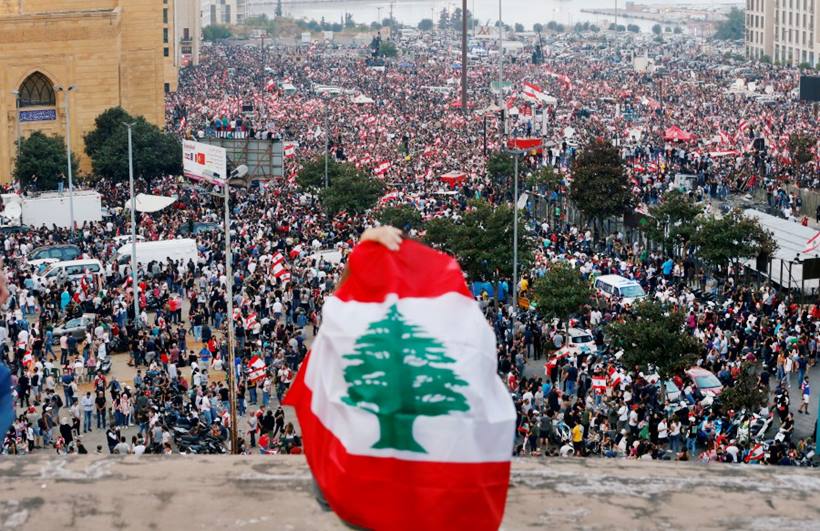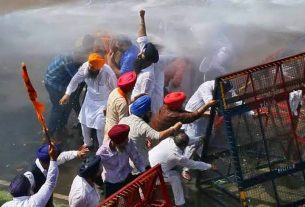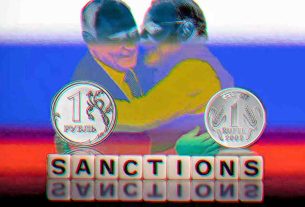Lebanon: Protesters breaking the sectarian divide in the country
Mon 21 October 2019:
Hundreds of thousands of people hit the streets of Lebanon on Sunday in the biggest protests in the last four days, The capital Beirut, the second-biggest city Tripoli in the north and the southern port of Tyre came to a standstill, with streets filled with protesters waving the national flag, chanting “revolution” or “the people demand the fall of the regime” resembling the 2011 Arab Spring. Big gatherings were also reported from Sidon and Baalbak cities.
A nationwide general strike has been called for Monday to demand an overhaul of the government despite pledges of reforms by Prime Minister Saad al-Hariri and despite the resignation of government ministers on Sunday.
On Friday, Hariri gave a 72-hour deadline to his coalition partners to agree on a solution to the country’s economic woes without imposing new taxes.
Demonstrations in key strongholds of Hezbollah
On Saturday, Hezbollah chief Hassan Nasrallah, whose movement is part of the coalition government, warned that a change in government would only worsen the situation.
Lebanese citizens have been suffering from tax hikes and dire economic conditions in the heavily indebted country.
Demonstrations in key strongholds of Hezbollah in Lebanon prove that Hassan Nasrallah is “misreading the street,” Samir Geagea, the head of the Lebanese Forces Party, said in an interview with the NNA news agency on Monday.
Lebanon’s political system was set up to balance power between the country’s religious sects, including Christians, Sunni Muslims, Shia Muslims and Druze.
But critics say it entrenches political patronage and pits citizens against each other along sectarian lines.
The country of around 4.5 million people hosts some 1.5 million Syrians who fled the conflict and many politicians blame the refugees for the country’s woes.
Think your friends would be interested? Share this story!





